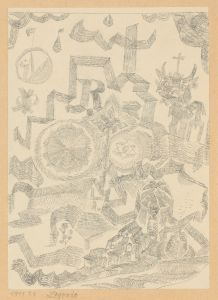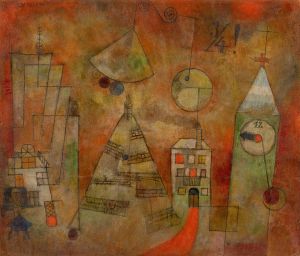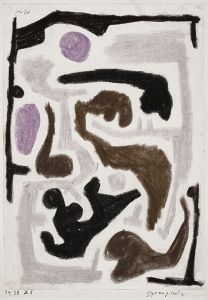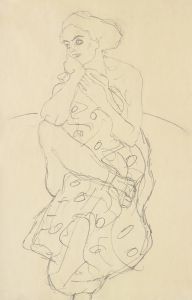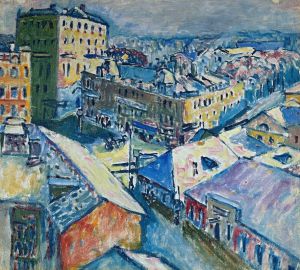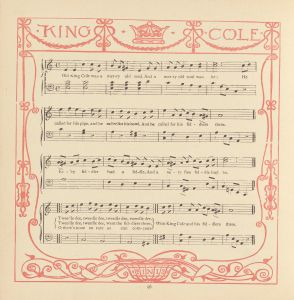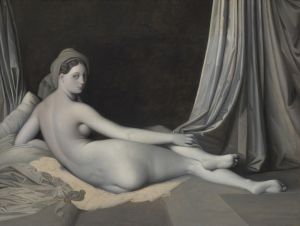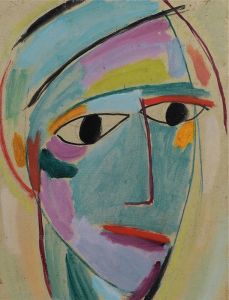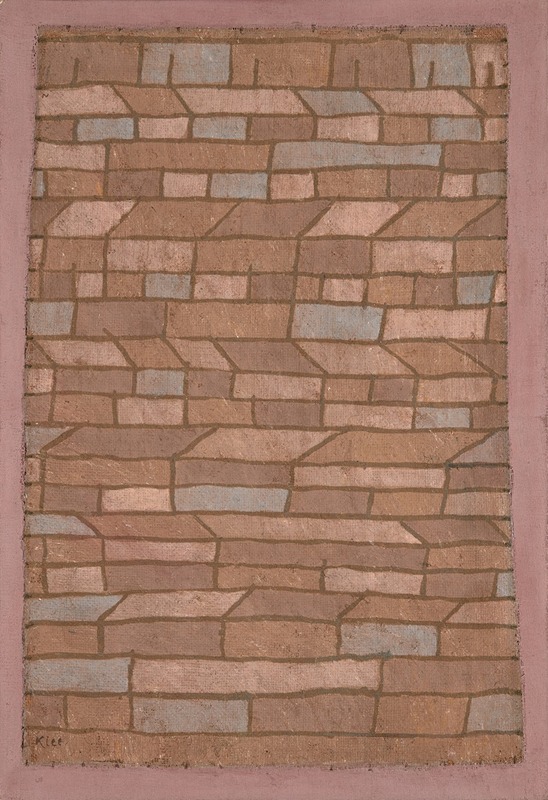
Hutment
A hand-painted replica of Paul Klee’s masterpiece Hutment, meticulously crafted by professional artists to capture the true essence of the original. Each piece is created with museum-quality canvas and rare mineral pigments, carefully painted by experienced artists with delicate brushstrokes and rich, layered colors to perfectly recreate the texture of the original artwork. Unlike machine-printed reproductions, this hand-painted version brings the painting to life, infused with the artist’s emotions and skill in every stroke. Whether for personal collection or home decoration, it instantly elevates the artistic atmosphere of any space.
Paul Klee's Hutment is a painting created in 1935 by the Swiss-born German artist, who is widely regarded as one of the most influential figures in modern art. Known for his highly individual style, Klee's works often blend elements of abstraction, expressionism, and surrealism, and Hutment is no exception. The painting reflects Klee's characteristic use of geometric forms, symbolic imagery, and a muted yet evocative color palette.
During the time Hutment was created, Klee was grappling with significant personal and professional challenges. In 1933, he was dismissed from his teaching position at the Düsseldorf Academy by the Nazi regime, which labeled his art as "degenerate." This period marked a turning point in Klee's life and work, as he returned to his native Switzerland and faced increasing health problems, including the onset of scleroderma, a chronic illness that would eventually contribute to his death in 1940. Despite these difficulties, Klee remained prolific, producing a large body of work that demonstrated his resilience and adaptability as an artist.
Hutment exemplifies Klee's ability to distill complex ideas into deceptively simple compositions. The painting features a series of small, hut-like structures arranged in a rhythmic, almost musical pattern. The forms are rendered with a combination of straight and curved lines, creating a sense of harmony and balance. The muted tones of the work, dominated by earthy browns and grays, evoke a sense of quietude and introspection. While the exact meaning of the painting is open to interpretation, it is often seen as a reflection of Klee's interest in the interplay between the natural and the constructed, as well as his fascination with the symbolic potential of architectural forms.
Klee's work, including Hutment, is deeply rooted in his theoretical explorations of art and design. As a teacher at the Bauhaus from 1921 to 1931, Klee developed a systematic approach to understanding the principles of form, color, and composition. These ideas are evident in Hutment, where the arrangement of shapes and the subtle gradations of color demonstrate his mastery of visual harmony.
Today, Hutment is recognized as an important example of Klee's late period, a time when his work became increasingly introspective and abstract. The painting is held in a private collection and has been exhibited in various retrospectives of Klee's work, allowing audiences to appreciate its quiet beauty and the depth of thought behind its creation.





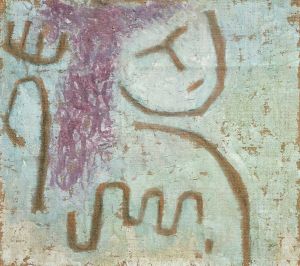
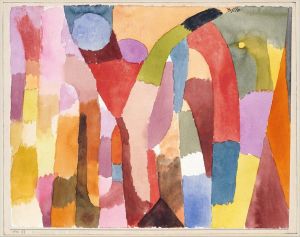
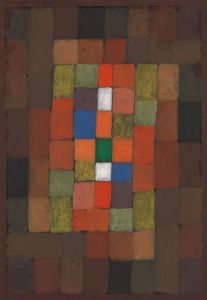
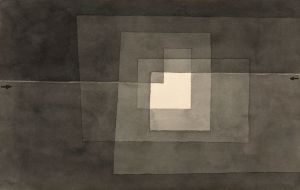
![Abstract. Red and Green Gradation [with some cinnibar in vertical format]](/imgs/217150/s/paul-klee-abstract-red-and-green-gradation-with-some-cinnibar-in-vertical-format-c035e638.jpg)
